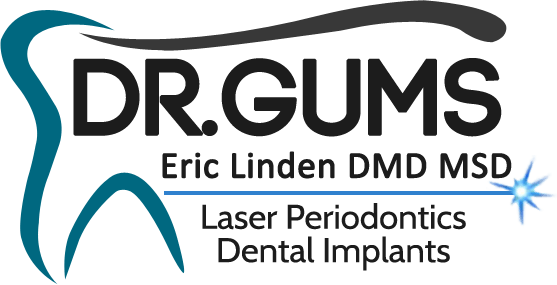CHICAGO—March 19, 2008—A smile is one of the most universally recognizable facial expressions, helping to depict an individual’s happiness, confidence, attractiveness, sociability and sincerity. And now, according to a recent study published in the Journal of Periodontology (JOP), the official publication of the American Academy of Periodontology (AAP), a smile may also help convey healthy teeth and gums. Researchers found evidence that periodontal, or gum, disease may negatively affect an individual’s smiling patterns and deter someone from displaying positive emotions through a smile. Study Abstract *
The study, conducted at the University of Michigan, evaluated the smiling patterns of 21 periodontal patients while viewing a segment of a comedy program. At predetermined measurement points throughout the segment, the researchers assessed three dimensions of each patient’s smile: the horizontal width of the mouth in millimeters, the open width of the mouth in millimeters, and the number of teeth shown. In addition, the researchers also noted the number of times the patient covered his or her mouth while watching the segment. Individual perceptions of how the patient’s quality of life is affected by oral health were also considered. The data were then evaluated along with a clinical exam of the patient’s periodontal health.
“Since periodontal disease is prevalent in such a large number of adults, we sought to investigate if the disease affects a person’s smiling behavior,” said study author Dr. Marita R. Inglehart. “Smiling plays a significant and essential role in overall well-being. Previous findings suggest that smiling can affect social interactions, self-confidence and can influence how people perceive one another.”
The study findings indicated that periodontal disease can certainly impact how a person smiles. The more symptoms of gum disease found in a patient’s mouth, such as periodontal pockets between four to six millimeters deep or loose, moving teeth, the more likely the patient was to cover his or her mouth when smiling or to limit how widely the mouth opened during the smile. In addition, the more gum recession seen in the patient, the fewer teeth he or she showed when smiling. The way patients perceived their quality of life as a result of their oral health was also significantly correlated with the number of teeth affected by periodontal disease.
“It is already widely known that periodontal disease is connected to systemic health,” said Dr. Susan Karabin, DDS, President of the AAP. “These results help demonstrate that periodontal disease may affect more than just overall health. It can also impact actual quality of life, making caring for one’s teeth and gums all the more important.”
Find out if you are at risk for periodontal diseases by taking the Academy’s risk assessment test. A referral to a periodontist in your area and free brochure samples are available by visiting the AAP’s Web site at www.perio.org. or by calling 800-FLOSS-EM.
About the AAP
The American Academy of Periodontology (AAP) is the professional organization for

